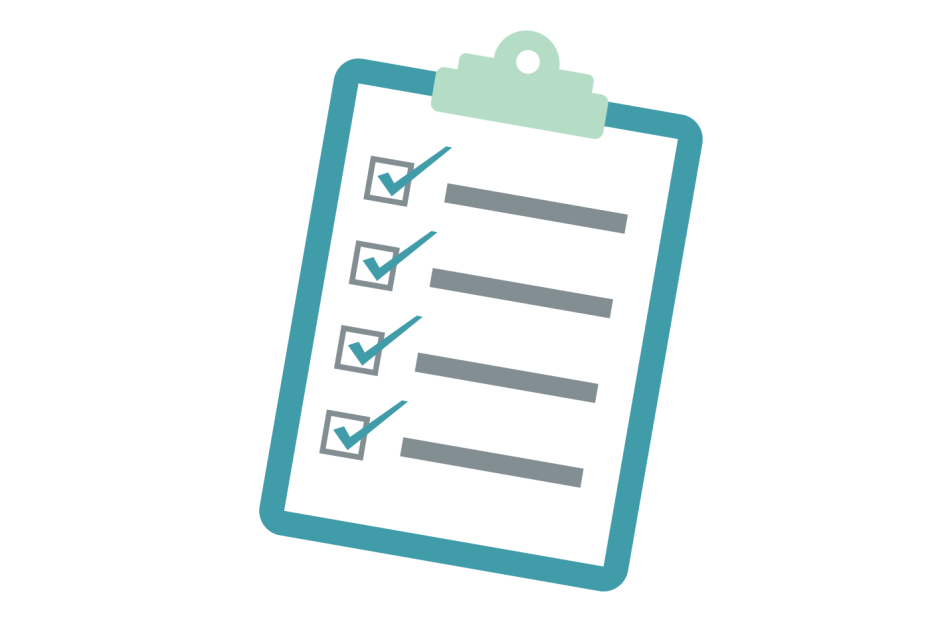Creating and following an annual checklist for your Homeowners Association (HOA) operations can be the key to maintaining a smooth, efficient, and harmonious community. This roadmap not only ensures that all necessary tasks are completed in a timely manner but also helps in budgeting, planning for the future, and keeping the community engaged. Here’s your guide to developing an annual HOA checklist, broken down into manageable segments.
Quarterly Tasks
Q1: Begin the Year with Planning and Review
- Budget Review: Assess the current financial status against the annual budget. Adjust plans as necessary to stay on track.
- Vendor Contracts: Review and renew necessary service contracts such as landscaping, maintenance, and snow removal.
- Legal Compliance: Ensure all operations are in compliance with state laws and the HOA’s governing documents.
Q2: Spring into Action
- Property Inspections: Conduct a thorough inspection of common areas and amenities to identify needed repairs or improvements.
- Maintenance: Schedule routine maintenance tasks such as landscaping, pool cleaning, and addressing wear and tear from winter.
- Community Engagement: Organize a spring community event to foster neighborliness.
Q3: Mid-Year Check-In
- Financial Audit: Consider conducting a mid-year audit or review of the HOA’s finances.
- Prepare for AGM: Begin preparations for the Annual General Meeting (AGM), including collecting agenda items and informing residents.
- Summer Maintenance: Ensure all summer services are in place, such as pool maintenance and increased landscaping needs.
Q4: Wrap-Up and Prepare for the Next Year
- Budget Planning: Start drafting the next year’s budget. Review expenses and plan for any major projects.
- AGM: Hold the AGM to discuss the year’s progress, financial health, and any resident concerns. Elect new board members as needed.
- Year-End Maintenance: Perform any necessary end-of-year maintenance and prepare common areas for winter.
Monthly Tasks
- Board Meetings: Hold regular board meetings to discuss ongoing operations, issues, and planning.
- Financial Review: Review monthly financial statements to keep a pulse on the HOA’s financial health.
- Communication: Update residents on HOA news, upcoming events, and any changes in policies or rules.
Weekly Tasks
- Property Walk-Through: Conduct regular inspections of common areas to ensure maintenance is up to standard.
- Respond to Resident Inquiries: Make sure all resident communications are addressed promptly to maintain good relations and trust.
- Vendor Coordination: Check in with vendors to ensure services are being performed as expected and address any issues.
Daily Tasks
- Monitor Email and Mail: Stay on top of incoming communications from residents and external parties.
- Social Media and Website Updates: Keep digital platforms up-to-date with news, alerts, and community information.
Utilizing HOA Management Software
Incorporating HOA management software like RunHOA into your operations can significantly streamline these tasks. RunHOA offers tools for financial management, communication, event planning, and much more. By digitizing many of the routine tasks, the board can save time and reduce errors, allowing for a more focused approach to community building and governance.
Conclusion
An annual HOA checklist is an essential tool for ensuring that all aspects of the association are managed effectively throughout the year. By breaking down tasks into manageable segments and utilizing technology like RunHOA, board members can ensure their community thrives. Remember, the key to successful HOA operations lies in proactive planning, consistent communication, and community engagement.
